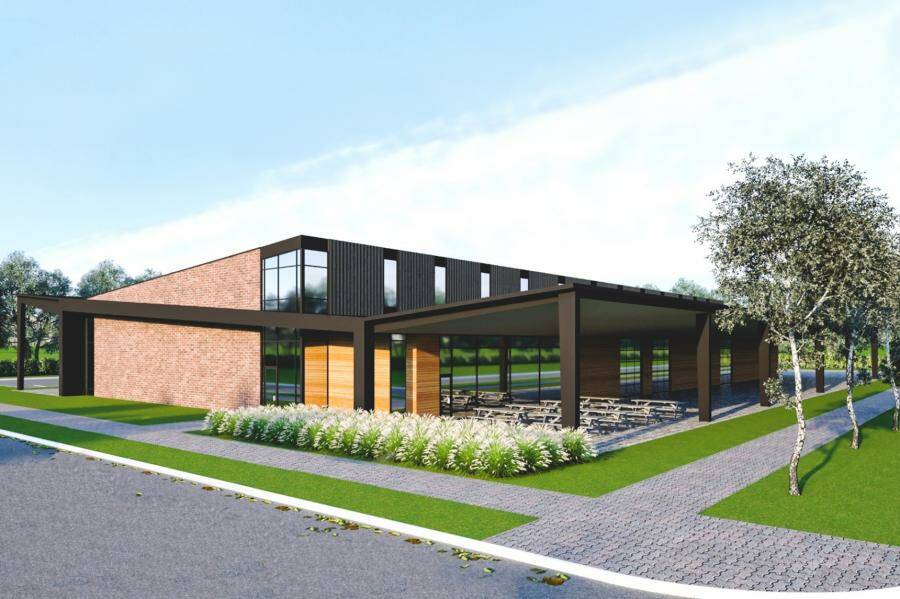‘We want to have this as a centre of excellence’
Advertisement
Read this article for free:
or
Already have an account? Log in here »
To continue reading, please subscribe:
Monthly Digital Subscription
$1 per week for 24 weeks*
- Enjoy unlimited reading on winnipegfreepress.com
- Read the E-Edition, our digital replica newspaper
- Access News Break, our award-winning app
- Play interactive puzzles
*Billed as $4.00 plus GST every four weeks. After 24 weeks, price increases to the regular rate of $19.00 plus GST every four weeks. Offer available to new and qualified returning subscribers only. Cancel any time.
Monthly Digital Subscription
$4.75/week*
- Enjoy unlimited reading on winnipegfreepress.com
- Read the E-Edition, our digital replica newspaper
- Access News Break, our award-winning app
- Play interactive puzzles
*Billed as $19 plus GST every four weeks. Cancel any time.
To continue reading, please subscribe:
Add Free Press access to your Brandon Sun subscription for only an additional
$1 for the first 4 weeks*
*Your next subscription payment will increase by $1.00 and you will be charged $16.99 plus GST for four weeks. After four weeks, your payment will increase to $23.99 plus GST every four weeks.
Read unlimited articles for free today:
or
Already have an account? Log in here »
Hey there, time traveller!
This article was published 27/07/2023 (812 days ago), so information in it may no longer be current.
Commercial bread bakers will not occupy a new $20.7-million agricultural research centre at the University of Manitoba.
However, researchers might amalgamate at the Prairie Crops and Soils Research Facility to analyze wheat’s bread-making potential. They might cross paths with agronomics students grabbing dirt samples for study and industry groups assessing their funded projects’ progression.
“We want to have this as a centre of excellence,” said Martin Scanlon, the University of Manitoba’s dean of agricultural and food sciences.

Submitted
An artist’s rendering of a new agricultural research centre at the University of Manitoba.
The post-secondary regularly draws around $20 million, annually, in research funding at its agricultural and food sciences faculty, Scanlon said.
Earlier this week, the provincial and federal governments announced they would spend up to $6.4 million on the crops and soil research facility.
If contracts are signed and timelines are met, shovels will hit the ground in the Fort Garry campus’ southeast corner next spring.
The 20,000-square-foot building would open in 2026.
“It’s…. going to be a training ground,” Scanlon said, adding it’ll be filled with career researchers.
Professionals will likely study regenerative agriculture, nutrient management and ways to cut back on greenhouse gas emissions, among other things.
Agronomists, soil scientists and pathologists are among the experts to be consulted on the project, and those who will call the facility their day-to-day workplace.
Scanlon hopes the site’s construction will spark inspiration in current and future students.
“We’ve certainly got a lot of shortages of qualified people in the ag sector,” he noted “We hope that this’ll be a facility that’ll attract people that want to work in agriculture.”
The faculty regularly sees 1,100 students. However, it’s stagnated while other departments have grown, Scanlon said.
Roughly 350 agronomy students will use the proposed facility, alongside human nutrition scholars, Scanlon estimated.
The research centre will be “purpose built,” bearing features of newer builds in the industry and emphasizing biosecurity.
“It will look more like the kind of facilities that (students are) going to graduate into, rather than something that’s quaint and historical,” Scanlon said, adding most of the faculty’s current buildings are decades old.
The university will spend $2.4 million on the site. Prairies Economic Development Canada will put $2.5 million into digital agriculture equipment; another $9.4 million for the facility will come from private and donor investments, Scanlon said.
The Manitoba Crop Alliance pledged $500,000 to the research centre. In recent years, it’s spent upwards of $500,000 on more than 30 research projects annually, said CEO Pam de Rocquigny.
“It’s a priority area for us,” de Rocquigny stated. “Funding research helps solve problems, find solutions to issues that national farmers (are facing). It’s critical and important work.”
gabrielle.piche@winnipegfreepress.com

Gabrielle Piché reports on business for the Free Press. She interned at the Free Press and worked for its sister outlet, Canstar Community News, before entering the business beat in 2021. Read more about Gabrielle.
Every piece of reporting Gabrielle produces is reviewed by an editing team before it is posted online or published in print — part of the Free Press‘s tradition, since 1872, of producing reliable independent journalism. Read more about Free Press’s history and mandate, and learn how our newsroom operates.
Our newsroom depends on a growing audience of readers to power our journalism. If you are not a paid reader, please consider becoming a subscriber.
Our newsroom depends on its audience of readers to power our journalism. Thank you for your support.

